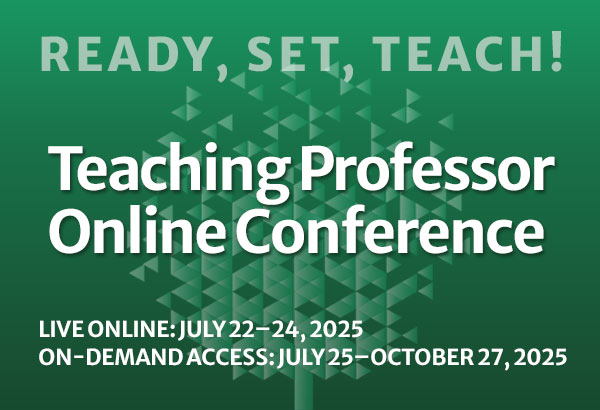
Preparing for an Exam: A Study Game Plan
Prior to a scheduled exam, student prepare a study game plan. They describe how they would normally study for an exam in this course. Then they select two research-based study strategies, not regularly used, and agree to try them out as they prepare for the












